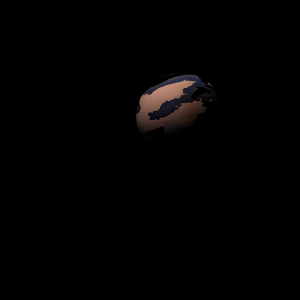|
|
Space Astro
|
Info for exoplanet "Ijiha Si"
| Scientific (actual) data |
|---|
| Name | Kepler-215 c |
| Planet status | Confirmed |
| Radius | 0.158 |
| Orbital period | 14.6671 |
| Semi major axis | 0.113 |
| Discovered | 2014 |
| Updated | 2021-02-05 |
| Tconj | 2454980 |
| Impact parameter | 0.85 |
| Publication | Announced on a website |
| Detection type | Primary Transit |
| Alternate names | 2MASS J19395364+4512492 c, K00700.03, KIC 8962094 c, KOI-700 c, KOI-700.03, WISE J193953.64+451249.2 c |
| Star name | Kepler-215 |
| Right ascension | 294.97° |
| Declination | 45.21° |
| Mag j | 12.417 |
| Mag h | 12.065 |
| Mag k | 11.996 |
| Star distance | 492.9 |
| Star metallicity | -0.618 |
| Star mass | 0.77 |
| Star radius | 1.03 |
| Star temperature | 5739 |
| Star alternate names | 2MASS J19395364+4512492, KIC 8962094, KOI-700, WISE J193953.64+451249.2 |
| Wikipedia article | Kepler-215 c |
Back
| |
| Fictional info (?) |
|---|
| Suggested name | Ijiha Si |
| Planet type | Terrestrial |
| The polar regions are constantly below 171°K (-102°C). |
| Atmosphere | Sulfur dioxide | 93% |
| 2H2O | 5.7% |
| Carbon dioxide | 0.23% |
| Formaldehyde | 0.062% |
| Hydrogen deuteride (HD) | 0.036% |
| Atmospheric pressure | 0.14 bar |
 |
| Moon | Sikati Sida | Medium-sized round rocky moon |
| Google search for Ijiha si |
|
Website by Joachim Michaelis
|
|
|
|